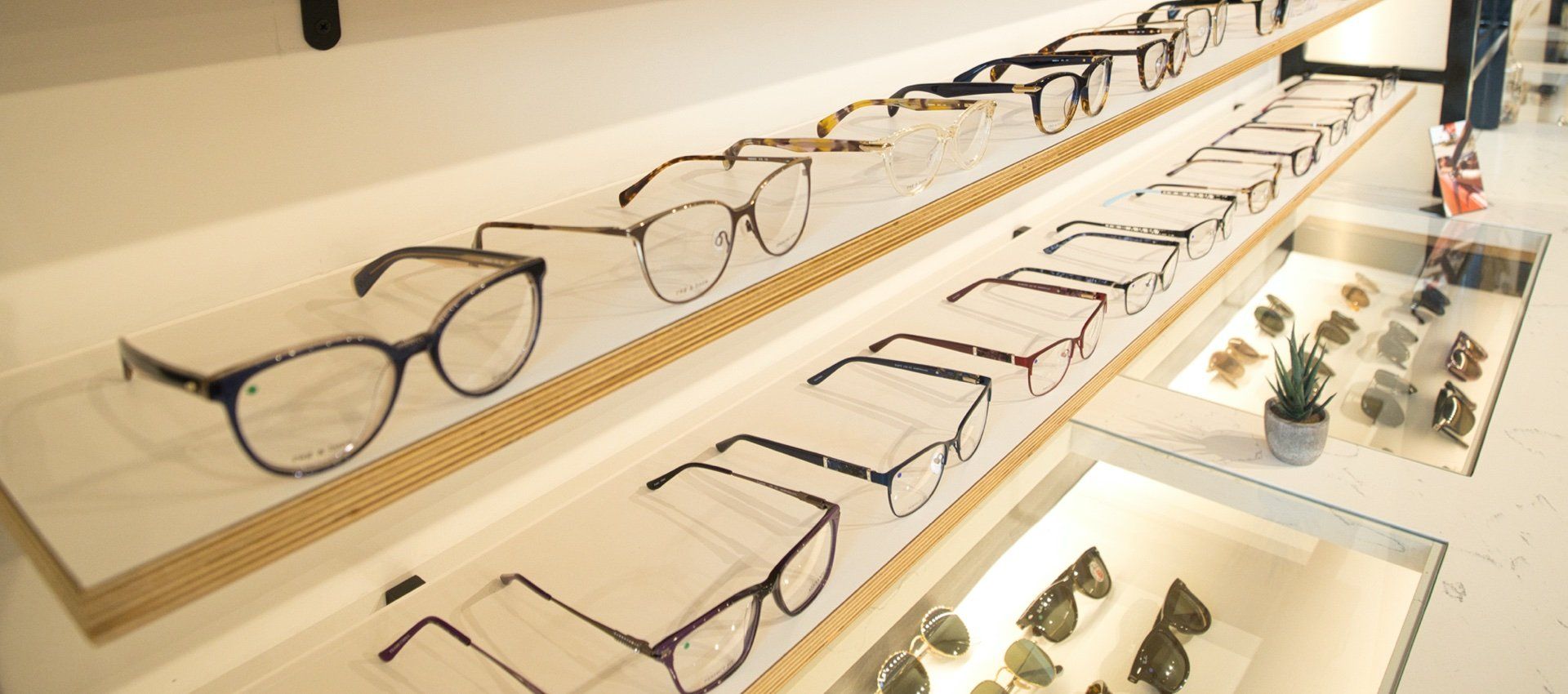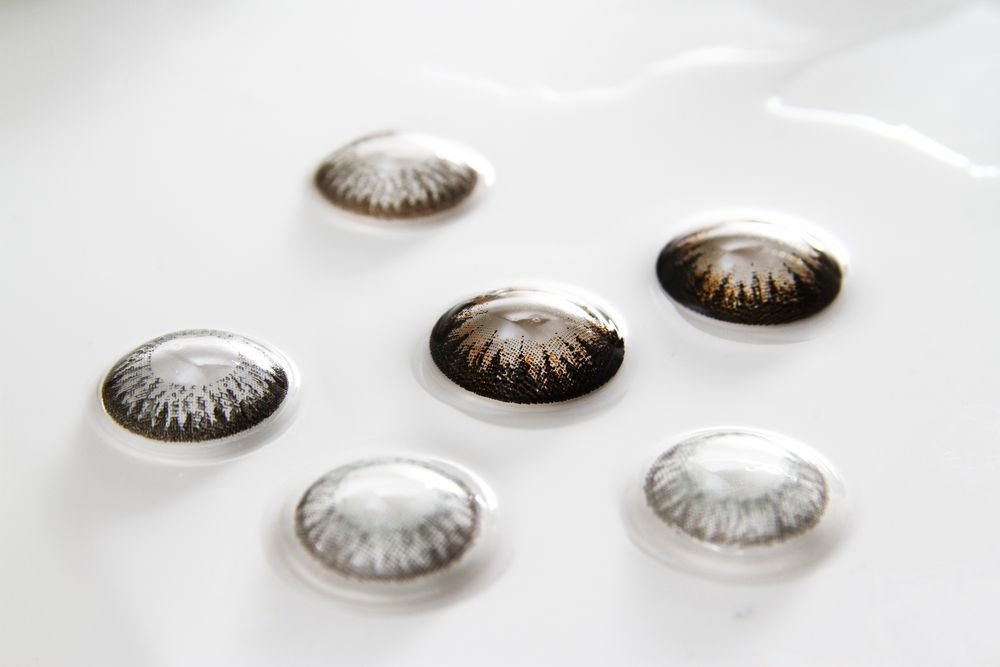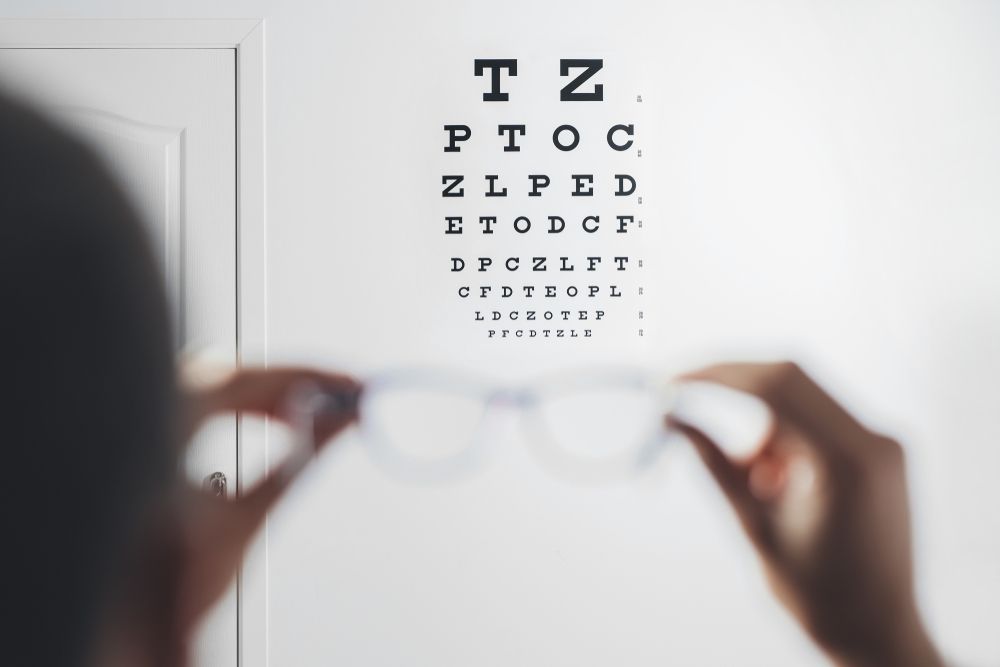When it comes to protecting your eyes from the sun, patients today have more options than ever before. Two of the most popular choices are transition lenses (also known as photochromic lenses) and prescription sunglasses. Both help reduce glare, improve comfort, and protect your eyes from harmful UV rays—but they work in different ways and offer unique benefits.
At Blake Bush Family Eye Care in Ardmore, Oklahoma, we often get asked: “Which is better—transition lenses or prescription sunglasses?” The answer depends on your lifestyle, vision needs, and personal preferences. Let’s explore the differences to help you make the best choice for your eyes.
What Are Transition Lenses?
Transition lenses, also called photochromic lenses, automatically darken when exposed to sunlight and return to clear indoors. They provide all-in-one convenience by adjusting to changing light conditions throughout the day.
How They Work:
- Indoors: Lenses remain clear, functioning like regular prescription glasses.
- Outdoors: Lenses darken in response to UV light, offering sun protection.
- In vehicles: Some transition lenses respond to visible light as well as UV, making them useful while driving, but not all brands darken behind car windshields.
What Are Prescription Sunglasses?
Prescription sunglasses are custom-made sunglasses with your corrective prescription built in. They provide consistent, fixed tint protection outdoors while delivering clear, comfortable vision.
How They Work:
- Designed specifically for outdoor use.
- Available in multiple lens colors, gradients, and polarized options.
- Provide excellent glare reduction, especially in bright sunlight and reflective environments like lakes, beaches, or roads.
Transition Lenses: Pros and Cons
Advantages:
- One pair of glasses for both indoors and outdoors.
- Provide 100% UV protection.
- Reduce eye strain from changing light conditions.
- Available in many lens styles and prescriptions.
Considerations:
- May take a few minutes to fully darken or lighten when moving between environments.
- Some types don’t darken as well inside cars.
- Not as dark as prescription sunglasses in extremely bright light.
Prescription Sunglasses: Pros and Cons
Advantages:
- Consistently dark tint for maximum comfort in sunlight.
- Excellent glare protection, especially with polarized lenses.
- Wide variety of frame styles and lens colors.
- Ideal for extended outdoor activities like sports, fishing, driving, or gardening.
Considerations:
- Requires switching between your regular glasses and sunglasses.
- Doesn’t adapt automatically to indoor lighting.
- May be less convenient if you frequently move between indoor and outdoor settings.
Which Option Is Best for You?
The right choice depends on your lifestyle and vision needs. Here are some scenarios:
- Best for everyday convenience:
Transition lenses
If you spend most of your time indoors but still want UV protection when you step outside, transition lenses save you from carrying two pairs of glasses.
- Best for outdoor enthusiasts: Prescription sunglasses
If you spend long periods outside—driving, fishing, gardening, or playing sports—prescription sunglasses provide superior comfort, darker tint, and glare reduction.
- Best of both worlds:
Both options
Many patients choose to have both transition lenses and prescription sunglasses—using transition lenses for daily wear and prescription sunglasses for activities in very bright or reflective environments.
Additional Considerations
- Cost: Transition lenses may cost more upfront but replace the need for two separate pairs. Prescription sunglasses may be an additional investment but provide specialized performance.
- Fashion & style: Prescription sunglasses allow for greater customization with lens colors, gradients, and frame designs.
- Driving needs: If you drive frequently in bright sunlight, prescription sunglasses—especially with polarized lenses—are often the better choice.
Frequently Asked Questions
Do transition lenses work while driving?
Some do, but not all. Standard transition lenses rely on UV light, which windshields block.
Can I get polarized transition lenses?
Yes, some photochromic lenses are available with polarization, though they may not darken as much as traditional polarized sunglasses.
Are prescription sunglasses covered by insurance?
Many vision insurance plans offer coverage for prescription sunglasses. Check with our office, and we’ll review your benefits.
Can children wear transition lenses or prescription sunglasses?
Absolutely! Both are excellent options for protecting young eyes from harmful UV rays.
Protect Your Eyes with the Right Choice
Both transition lenses and prescription sunglasses are excellent ways to protect your eyes from harmful UV rays while keeping your vision sharp. The best solution often comes down to your lifestyle and how you use your eyes every day.
At Blake Bush Family Eye Care, our doctors will help you find the perfect option—whether that’s one pair of glasses that does it all or separate prescription sunglasses for maximum outdoor comfort.
Schedule Your Eye Exam in Ardmore
If you’re considering transition lenses or prescription sunglasses, the first step is making sure your prescription is up to date. During your comprehensive eye exam, we’ll check your vision, review your daily needs, and help you choose the eyewear that fits your life.
Call us today at (580) 223-7333 to schedule your exam. You can also visit us online.
Protect your eyes. Enhance your comfort. See your world more clearly.











